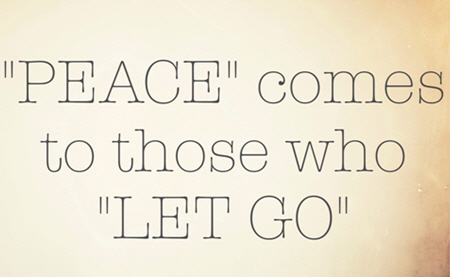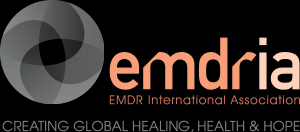 Some problems are deep-rooted.
Some problems are deep-rooted.
There was a point in my counseling career when I realized some people wouldn’t get better with traditional talk therapy or Cognitive-Behavioral Therapy (CBT). These people had deep-seated negative messages planted inside them, and these messages were showing up in their lives in destructive ways.
Anxiety, depression, OCD, attachment disorders, and overreactions were some ways that the negative messages showed up! In these cases, we needed to get to the root of the issue and heal past traumas – whether perceived as big or little traumas. Maybe this is you?
To get deep-rooted weeds, especially dandelions, out of our yard, we must find what is below the surface – we need to get the root of the problem!
We identify deep-rooted problems using EMDR therapy. Accessing the problem causing those negative messages helps begin the healing process.
What is EMDR?
When something disturbing happens, your nervous system can store it with the original images, sounds, thoughts, emotions, and body sensations. EMDR accesses and stimulates that information and allows your system to reprocess the experience.
EMDR is like the process of Rapid Eye Movement (REM) in sleep. Dual Attention Stimulation (eye movements) helps you reprocess the material.
Despite its name, EMDR is more than eye movements healing traumatic memory. By removing the emotional block from trauma, healing occurs when the therapist employs specific procedures to help clients access their brain’s natural healing processes.
EMDR allows your mind to heal small chunks of the memory rather than overwhelm you with the whole memory. EMDR also generally takes less time than traditional talk therapy. Your brain wants to heal – let’s give it a chance!
 Here’s what EMDR is not.
Here’s what EMDR is not.
EMDR is not a single intervention but rather a structured process. There is no hypnosis involved, and EMDR is not a form of “mind control.”
EMDR is not a “simple treatment anyone can learn.” Therapists must receive special training to properly use EMDR that helps the client identify and reprocess the experience.
Rather than merely a technique, EMDR is a complete form of therapy.
“This is your natural healing process that we will be accessing. You are the one who is in control.”
– Deborah Kennard, EMDR trainer
 Let clients utilizing EMDR speak for themselves.
Let clients utilizing EMDR speak for themselves.
“I am not as chaotic.” “I am more patient.” “I have finally found forgiveness.”
“I now realize it was not my fault.” “I finally like myself!” “I am no longer overreacting.”
“Who could have known that such a seemingly small incident in my childhood has affected my functioning as an adult?”
“I have finally come to understand fully and accept my situation.”
 Let’s get to the root of the issue!
Let’s get to the root of the issue!
When other forms of therapy fail, EMDR can help.
You can learn to make sense of your feelings, identify the triggers, and reprocess that experience that frequently haunts you.
If you are ready to get to the root of your emotional disturbance or behavior issues, give me a call to get started!

